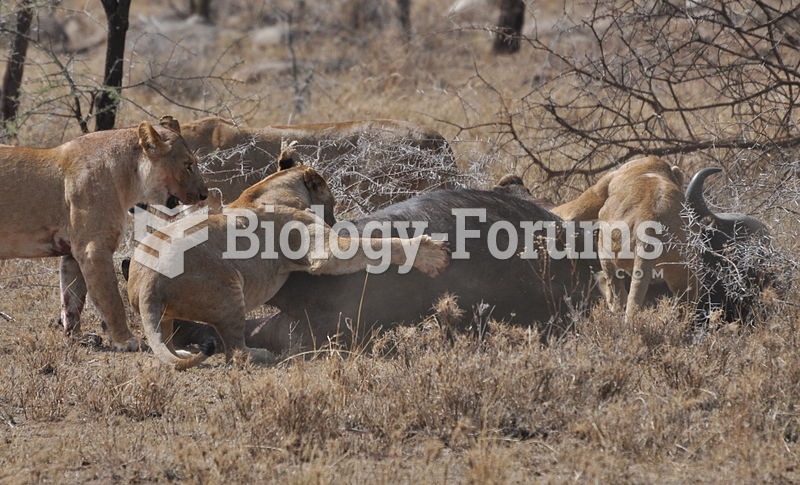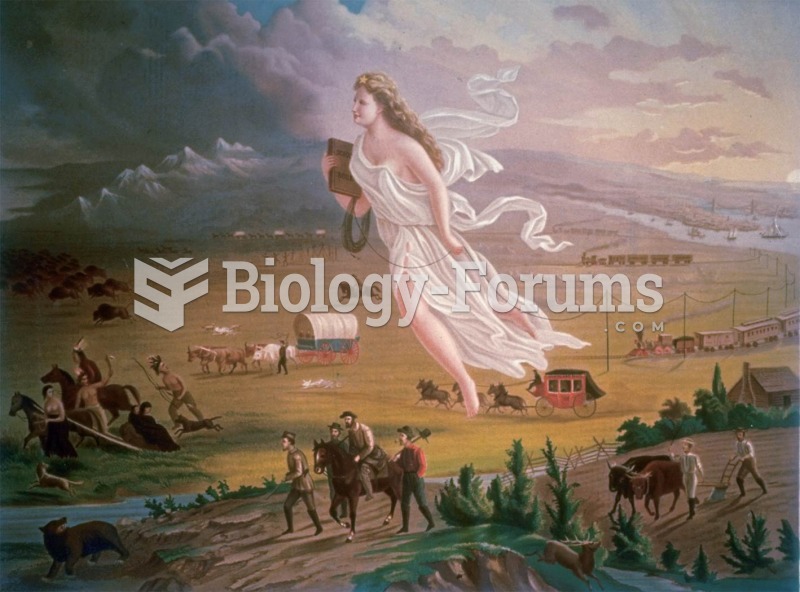The systematic destruction of the buffalo herds dealt the most devastating blow to the Indians. In the societies of the Plains tribes, the meat of the bison supplied food, while the hides provided shelter and clothes. Removal of these resources was calamitous, but the cultural impact was even more ruinous. Buffalo represented the continuity of nature and the renewal of life cycles. Destruction of the buffalo ended the Indians' capacity to resist white incursions. As one Crow warrior observed after the herds had gone, Nothing happened after that. We just lived. There were no more war parties, no capturing horses from the Piegan and the Sioux, no buffalo to hunt. There is nothing more to tell. The decline of the buffalo herds began during the 1860s when drought, disease, and erosion shrank the animals' habitat. Then an expanding eastern market for buffalo robes and such products as pemmican (dried buffalo meat, berries, and fat) spurred the intensive hunting of buffalo. As railroads penetrated the West, hunters could transport their products to customers with relative ease. The result was virtual extermination of the buffalo. More than 5 million buffalo were slaughtered during the early 1870s. Along the Arkansas River, a British traveler reported, there was a continual line of putrescent carcasses, so that the air was rendered pestilential and offensive to the last degree. By the end of the nineteenth century, only a few buffalo remained alive. From this passage, you may infer that
a. with the loss of the buffalo, the Indians began to live more like white settlers.
b. the white buffalo hunters did not waste any part of the animals.
c. buffalo herds were of little value to white Americans.
d. with the loss of the buffalo, the Indians lost their will to live.
Question 2
The systematic destruction of the buffalo herds dealt the most devastating blow to the Indians. In the societies of the Plains tribes, the meat of the bison supplied food, while the hides provided shelter and clothes. Removal of these resources was calamitous, but the cultural impact was even more ruinous. Buffalo represented the continuity of nature and the renewal of life cycles. Destruction of the buffalo ended the Indians' capacity to resist white incursions. As one Crow warrior observed after the herds had gone, Nothing happened after that. We just lived. There were no more war parties, no capturing horses from the Piegan and the Sioux, no buffalo to hunt. There is nothing more to tell. The decline of the buffalo herds began during the 1860s when drought, disease, and erosion shrank the animals' habitat. Then an expanding eastern market for buffalo robes and such products as pemmican (dried buffalo meat, berries, and fat) spurred the intensive hunting of buffalo. As railroads penetrated the West, hunters could transport their products to customers with relative ease. The result was virtual extermination of the buffalo. More than 5 million buffalo were slaughtered during the early 1870s. Along the Arkansas River, a British traveler reported, there was a continual line of putrescent carcasses, so that the air was rendered pestilential and offensive to the last degree. By the end of the nineteenth century, only a few buffalo remained alive. The main purpose of the passage is to
a. explain the effects of the destruction of the buffalo herds.
b. describe the original size of the buffalo herds.
c. tell the history of the Plains Indians.
d. entertain the reader with tales of the Old West.





